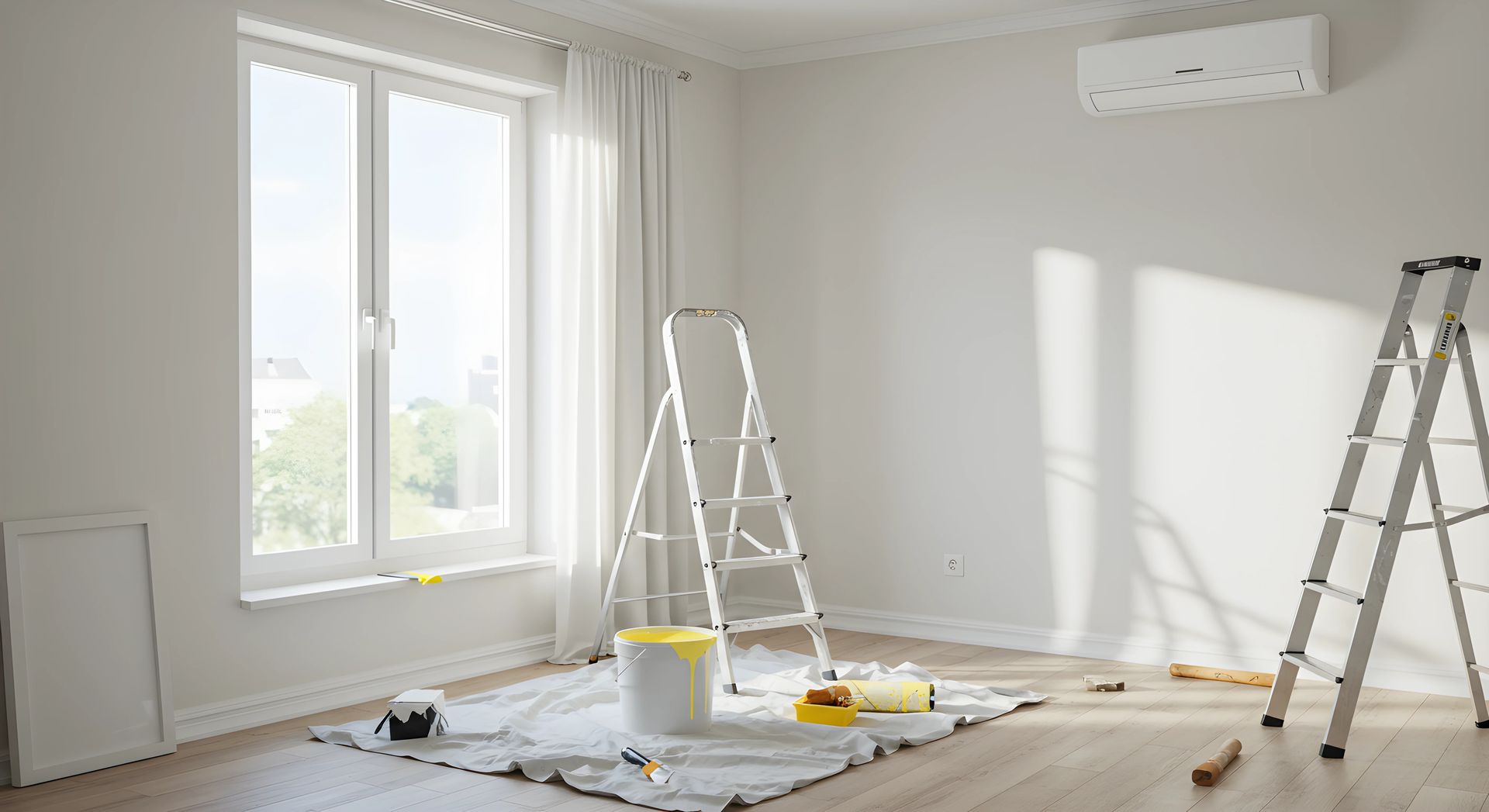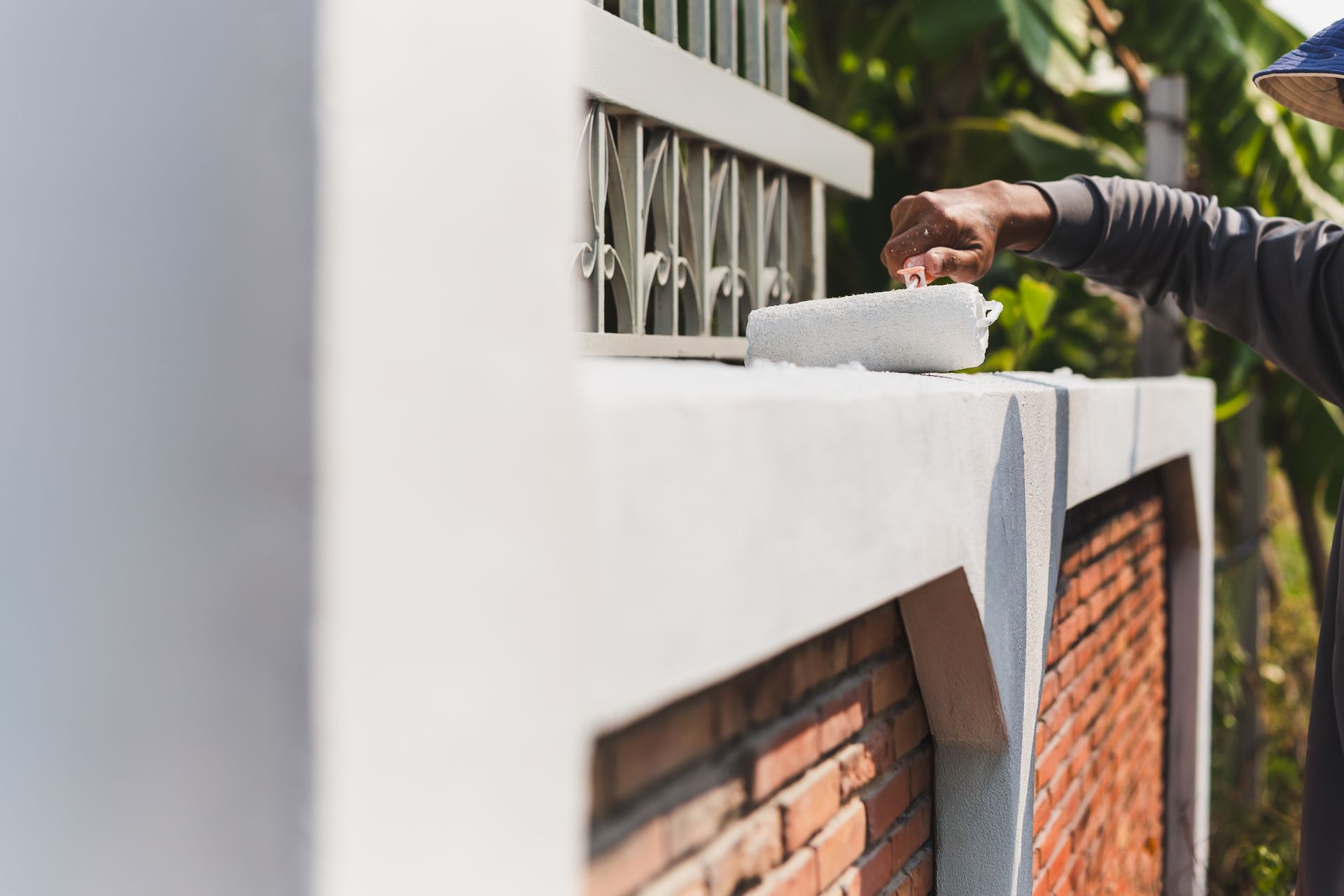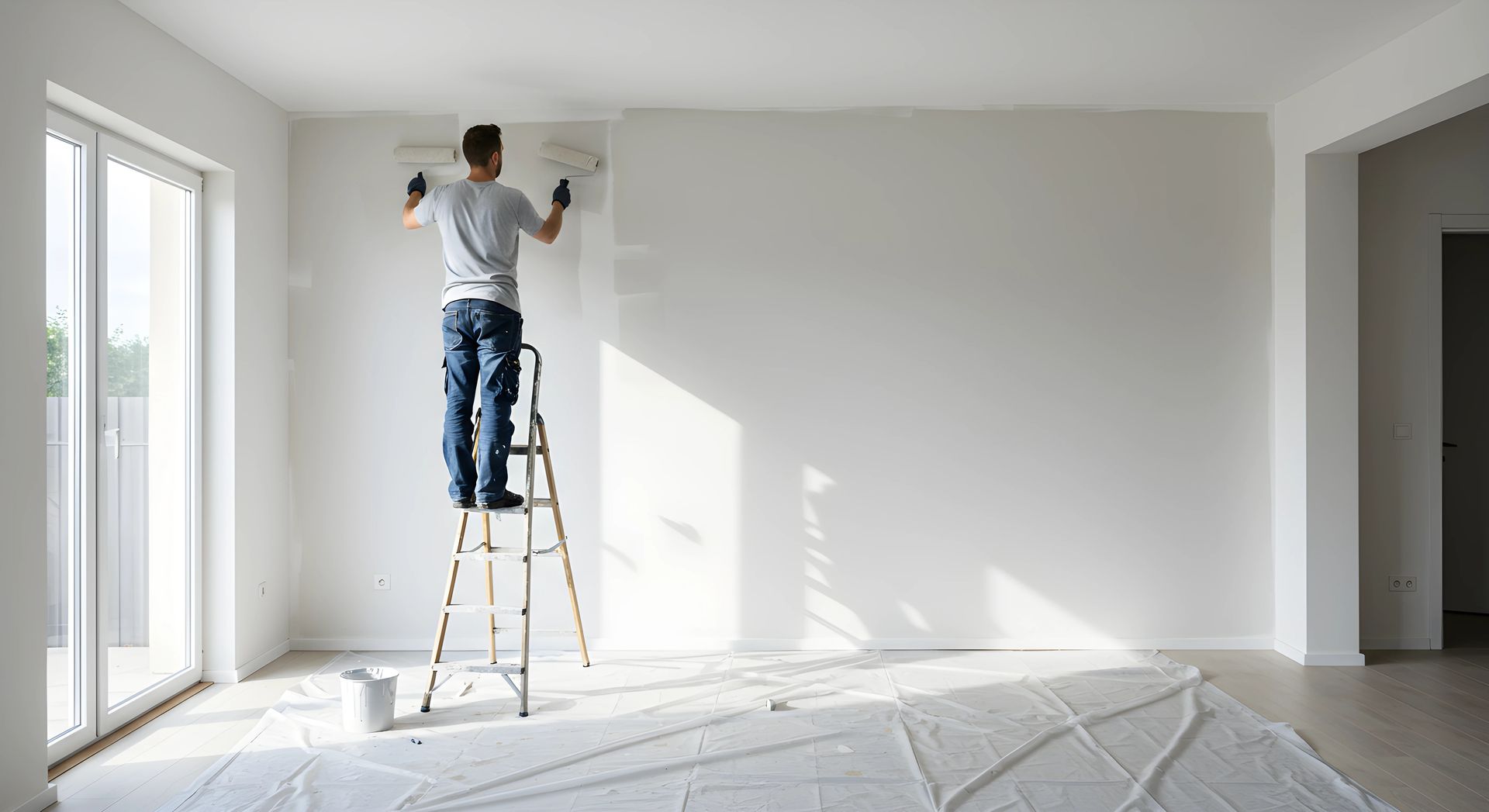How to Minimize Paint Odors After a Fresh Interior Painting Service
“Paint odors aren’t just annoying—they can linger for days. Let’s change that.”
You finally pulled the trigger on that interior paint job. The walls are fresh. The color? Spot on. The vibe? Totally transformed.
But then comes that smell.
That sharp, chemical tang that hits you in the nose every time you walk into the room. And no, you're not being dramatic—VOC emissions can hang around for 2–3 days, especially in poorly ventilated spaces.
So what can you do to breathe easier—literally—after your space gets a makeover?
Here’s how we recommend minimizing paint odors quickly, safely, and effectively. No gimmicks. Just smart, real-world advice from the professionals.
1. Ventilate Like You Mean It
Let’s start with the obvious—then crank it up.
Open the windows? Yes. But also:
- Run exhaust fans in bathrooms or kitchens (they’ll help draw the air out).
- Use box fans pointed out the window to actively push the air outside.
- Create cross-ventilation—open windows or doors on opposite sides of the space to create airflow.
Ventilation is the #1 way to flush odors. And most people don’t do enough of it.
Pro Tip: Let fresh air circulate for at least 48 hours after painting. If you can leave windows cracked overnight, even better.
2. Use Low- or Zero-VOC Paints from the Start
We know this is a little late if you’ve already painted—but it’s worth mentioning.
If you’re planning future projects, low-VOC or zero-VOC paints make a massive difference in post-job air quality. Brands like Benjamin Moore Natura or Sherwin-Williams Harmony are solid picks.
They smell less. They’re safer. And your nose will thank you.
3. Activated Charcoal = Your Secret Weapon
Forget bowls of vinegar or onions (yes, people really try that). Activated charcoal is the real deal.
Place bowls or trays of it around the room. It traps odors at the source rather than covering them up.
You can find odor-neutralizing charcoal bags at most hardware stores or online. They’re reusable and non-toxic—great for homes with kids or pets.
4. Baking Soda Works for More Than Just Fridges
Baking soda doesn’t just kill smells in your refrigerator. It works in rooms, too.
Here’s how:
- Fill shallow dishes with baking soda
- Place them strategically near painted walls or corners
- Let them sit overnight (or longer)
It won’t erase the smell instantly, but it draws odors out of the air over time.
5. Air Purifiers Make a Real Difference
If you’ve got allergies, asthma, or just want to clear the air faster, HEPA or carbon-filter air purifiers can be game-changers.
They’re especially useful in bedrooms, nurseries, or offices—anywhere you spend a lot of time and need clean air ASAP.
Look for one with a carbon filter to target chemical smells specifically.
6. Avoid Masking Scents Too Soon
Tempted to light a candle or spray an air freshener? Hold off.
Covering up paint smells before they’ve had time to off-gas can actually trap the VOCs in the room longer. Plus, strong scents just mix in and make it worse.
Instead, wait until ventilation has worked its magic—then add subtle natural scents like essential oil diffusers or beeswax candles if you’d like.
7. Plan Your Return Wisely
If you’ve painted a bedroom, wait at least 24 hours before sleeping in it again—even with great ventilation. For sensitive individuals, 48 hours is safer.
For whole-house projects, consider staying elsewhere for a night if possible. Air quality matters, and it’s worth giving the space a little breathing room.
Bottom Line: A Fresh Paint Job Shouldn’t Come With a Headache
The look of a new coat of paint is instant. The smell? That takes a little effort to manage.
But with the right mix of ventilation, smart materials, and odor-neutralizing tools, you can enjoy your new walls without the chemical cloud.
Want help with your next painting project—from color to cleanup? We’re here to guide you every step of the way.



